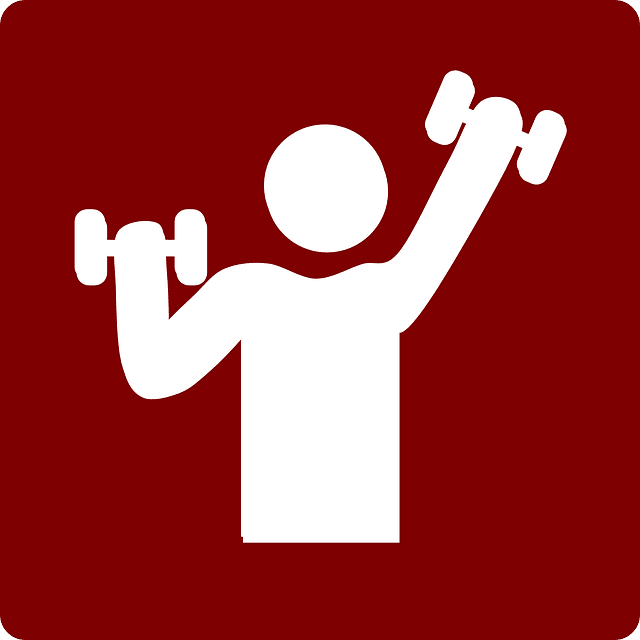A Physical Education Resource Guide for Educators
 Becoming a physical education teacher requires more than just the blowing of whistles and the counting of laps. Educators who are charged with teaching children about physical fitness can significantly influence the future health of their students. For this reason, it is imperative that physical education teachers learn as much as they can about the interplay between physical activity and nutrition in children’s lives. Laying the basic framework for healthy lifestyles through daily lessons and assessments can contribute to students’ future well-being. Getting adequate training and staying apprised of new guidelines and objectives for children can also mean the difference between a basic and a quality physical education.
Becoming a physical education teacher requires more than just the blowing of whistles and the counting of laps. Educators who are charged with teaching children about physical fitness can significantly influence the future health of their students. For this reason, it is imperative that physical education teachers learn as much as they can about the interplay between physical activity and nutrition in children’s lives. Laying the basic framework for healthy lifestyles through daily lessons and assessments can contribute to students’ future well-being. Getting adequate training and staying apprised of new guidelines and objectives for children can also mean the difference between a basic and a quality physical education.
General Physical Education Information
The role of physical education in schools is as important as academia. When students enroll in physical education classes, they learn the skills necessary to lead active and healthy lifestyles. They also learn important social skills, like teamwork, fair play, and the need to take responsibility for their actions. All of these components add up to potentially life-long lessons, which they can apply as well-adjusted adults.
- Adolescent and School Health: The Centers for Disease Control and Prevention lists physical activity facts pertaining to young people. The page includes benefits of adequate exercise and the health consequences associated with a sedentary lifestyle.
- Fitness for Kids: This organization partners with parents and teachers to ensure that students are encouraged to stay physically active and eat well.
- Get Active – Let’s Move!: Let’s Move is an initiative started by Michelle Obama to help combat the childhood obesity epidemic through physical activity and nutrition education.
- Why Exercise Is Cool: This website explains the benefits of exercise to children using kid-friendly terms.
Lessons and Resources for Teachers
Physical education should go above and beyond performing exercises or taking part in a sports game. Quality class time may include lessons about physical activity, nutrition and social skills. Some teachers may also seek to integrate physical education in academic lessons. This can be beneficial to student performance, as research suggests that children are able to learn and retain more knowledge when physical education is part of their school day.
- Physical Education Lesson Plans: SPARK, a public health organization, provides free lesson plans for educators with students of all grade levels.
- Active Children and Adolescents: The U.S. Department of Health and Human Services provides physical activity guidelines for children and adolescents.
- We Can!: The National Heart, Lung and Blood Institute shares a list of educational campaigns for physical activity.
Assessments
Assessing a student’s performance in a gym is a substantial part of a physical education teacher’s job. With more states recognizing the importance of physical fitness in schools, accurately and fairly assessing students’ abilities can be a concern amongst teachers. Guidelines and objectives can be made readily available to teachers by state education boards. Teachers may also be regularly assessed in their abilities to provide quality physical education to students.
- Ways to Assess Learning in Physical Education: Here, teachers are given ways to analyze data from student assessments to create reports for parents and administrators.
- New Hampshire Physical Education K-12 (PDF): This booklet provides New Hampshire physical education teachers with guidelines and objectives when assessing their students.
- Assessment in Physical Education (PDF): This chapter, taken from a teachers’ handbook, integrates curriculum assessment models for students and teachers.
- K-12 Physical Education Assessment Handbook (PDF): This handbook serves as a study guide for physical education teachers who are to be assessed on their teaching abilities.
Training for Physical Education Professionals
The credentials required to become a physical education teacher are specific and require a relatively substantial amount of academic preparation. Teachers will have to earn a bachelor’s degree in physical education and obtain a license before they are able to instruct a class. In addition, computer skills, internships and fieldwork may raise job hunters’ profiles to potential employers. An intense knowledge of what constitutes quality physical education is required by all applicants.
- What Is Good Physical Education? (PDF): This information sheet defines good physical education.
- How to Get Into Teaching P.E.: The Association for Physical Education provides advice for those who want to become physical education teachers in the U.K.
- Characteristics of Quality Physical Education: The West Virginia Bureau of Public Health defines quality physical education, and offers strategies to teach it.
- Game Plan for Physical Education Teachers: This website gives teachers tips on how to conduct a fair, inclusive, and respectful physical education class.

